Across continents and cultures, people have perfected the art of the warm drink — something to cradle on cold mornings or long winter nights. From bustling bazaars to snow-laced villages, here are eight of the world’s cosiest drinks worth seeking out.
Champurrado – Mexico’s ancient hot chocolate
Picture/Esmeralda Cardenas/Masienda
Hot chocolate in Mexico is anything but ordinary. Champurrado, a thick, indulgent variation, is made with masa harina (corn flour), cinnamon, piloncillo (raw cane sugar), and Mexican chocolate. With roots tracing back to the Aztecs, this drink has survived centuries of tradition and is especially popular during Día de los Muertos and December’s Las Posadas festivities. Often served with tamales, it’s both a beverage and a meal.
Glühwein – Germany’s winter market staple
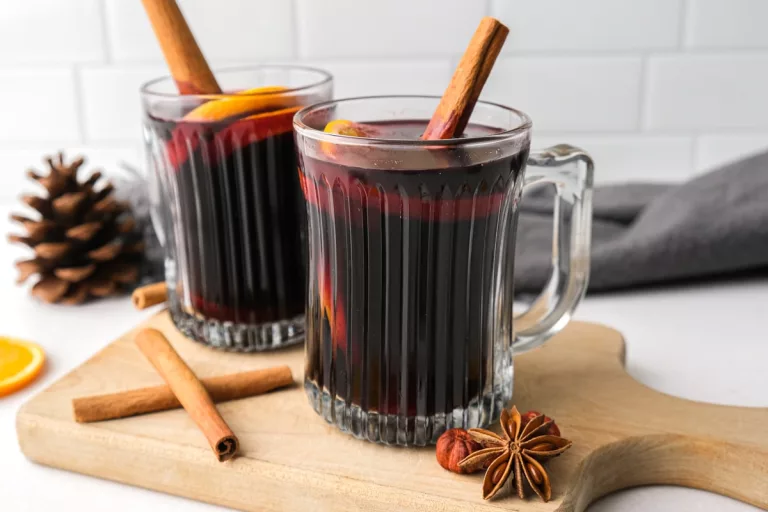
Picture/Recipes from Europe
No European Christmas market is complete without Glühwein. This spiced, mulled red wine warms hands and hearts during cold December nights in Germany. Simmered with cinnamon, cloves, orange peel and star anise, Glühwein is served piping hot in souvenir mugs you can take home. Variations include white wine, Glühwein or a non-alcoholic Kinderpunsch for little ones.
Masala Chai – India’s spiced morning ritual
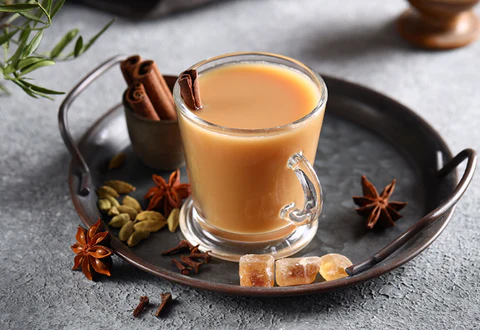
Picture/Mittal Teas
In India, chai isn’t just a drink — it’s a daily ritual and a symbol of hospitality. Masala chai is made by brewing strong black tea with milk, sugar and a blend of spices such as cardamom, cinnamon, ginger, and cloves. Every region, even every household, has its own spice mix. From bustling train stations to quiet courtyards, chai is omnipresent, often served in small clay cups called kulhads.
Rooibos Latte – South Africa’s herbal hug
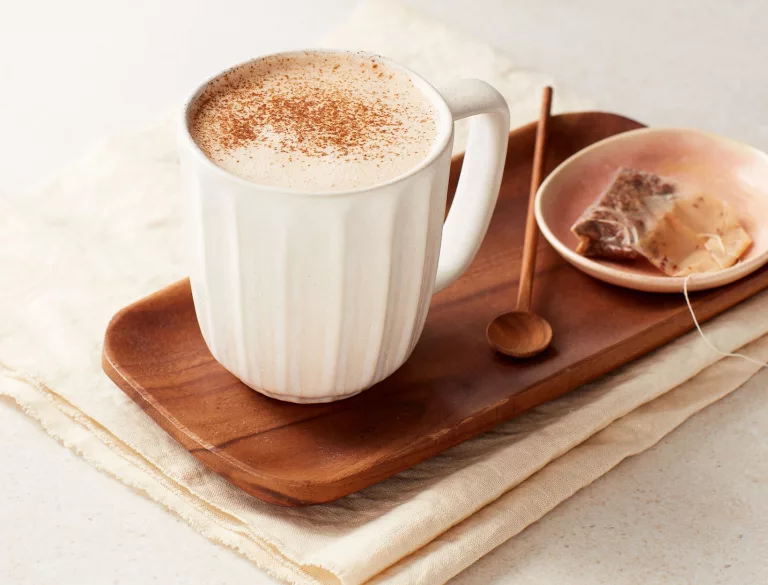
Picture/Goop
Harvested in the Cederberg mountains, rooibos is a caffeine-free tea indigenous to South Africa. While traditionally brewed like any herbal tea, rooibos has found a modern twist as a comforting latte, blended with milk, cinnamon, and honey. Its earthy-sweet flavour and antioxidant-rich properties make it a healthy and soothing choice, whether at home or in a stylish café.
ALSO READ: Cafés that define a city
Sbiten – Russia’s winter warmer
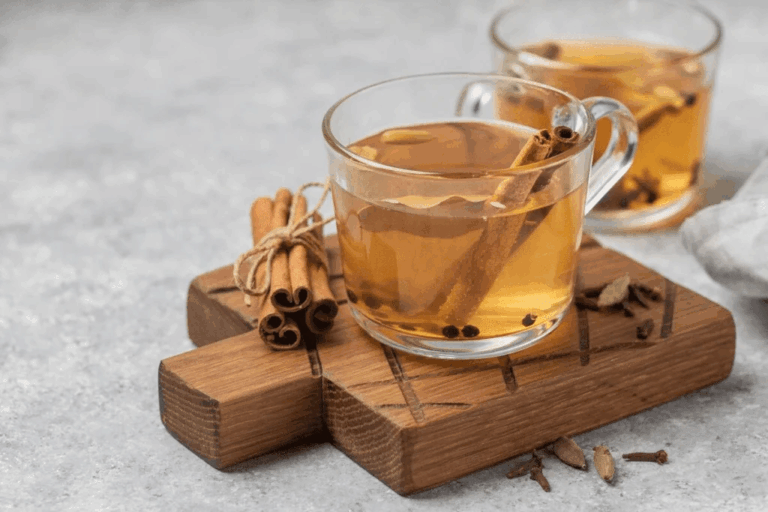
Picture/Sour Sweet Bitter
Before tea became Russia’s dominant hot drink, there was sbiten. This medieval beverage blends hot water, honey, herbs, and warming spices like ginger and clove. Once sold by street vendors during icy winters, sbiten is experiencing a modest revival in Russian cities as a nostalgic, old-world treat.
Sahlab – The Middle East’s floral elixir
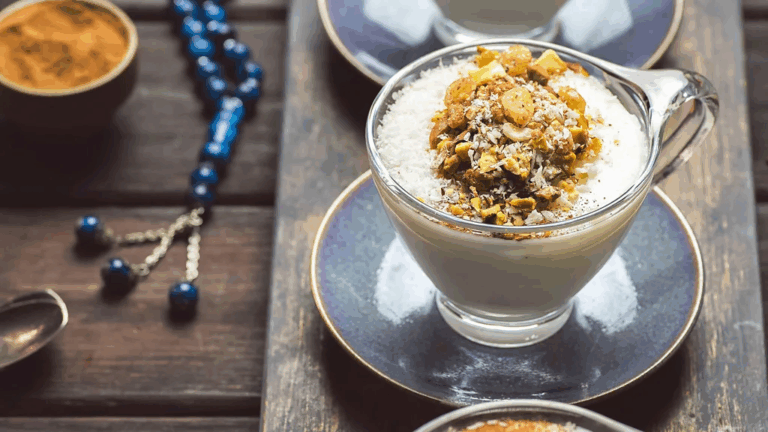
Picture/Dina Saeed/Alamy
Popular in Lebanon, Egypt, and parts of the Levant, sahlab is a thick, creamy drink made from ground orchid root (or more often nowadays, cornstarch), flavoured with orange blossom or rosewater. Topped with shredded coconut, cinnamon, and crushed pistachios, it’s a luxurious dessert in a cup and a winter street staple.
Hirezake – Japan’s toasty rice elixir
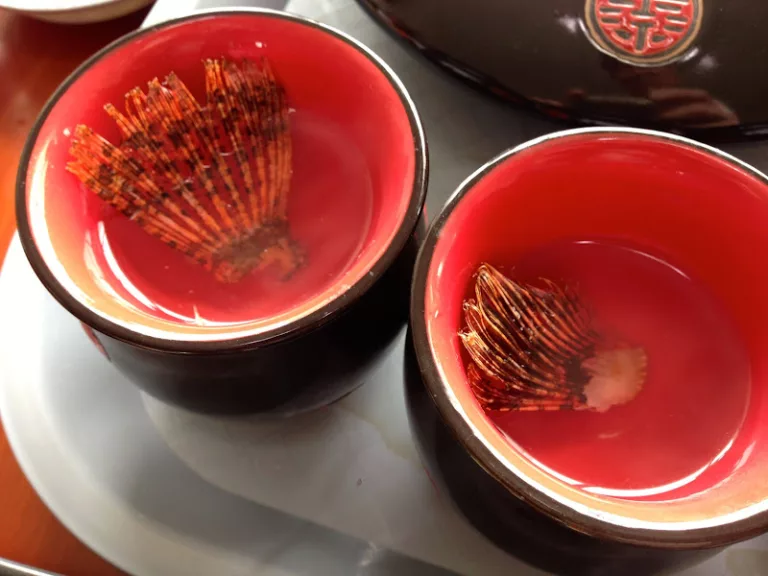
Picture/Gasping Gurami
A rare winter delicacy in Japan, hirezake is hot sake infused with a grilled, salted blowfish (fugu) fin. The fin is seared until crisp, then steeped in warm sake to release an umami-rich, smoky flavour. Though a traditional drink in Japanese izakayas, it’s also a ceremonial nod to winter’s arrival and to the culinary precision Japan is known for.
Butter Tea – Himalayan high-altitude fuel
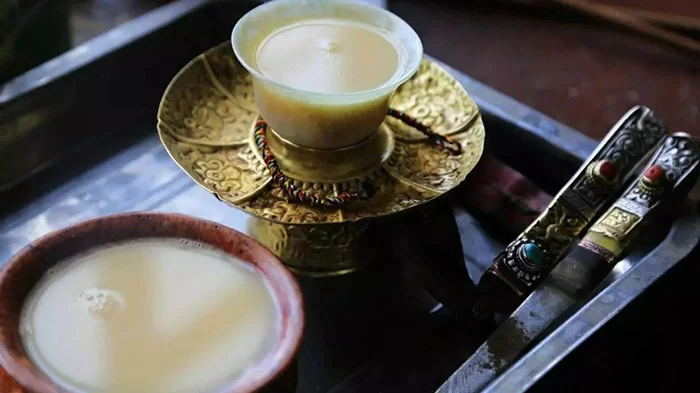
Picture/Tibet Vista
Known as po cha in Tibet, butter tea is a curious but essential staple in the Himalayas. Brewed from strong black tea, churned with yak butter and a pinch of salt, it’s high in calories and helps locals withstand extreme cold. The taste of creamy, salty, and smoky is an acquired one, but it’s an essential part of the region’s hospitality.
Follow us on social media for more travel news, inspiration, and guides. You can also tag us to be featured.
TikTok | Instagram | Facebook | Twitter
ALSO READ: What breakfast looks like across Africa

